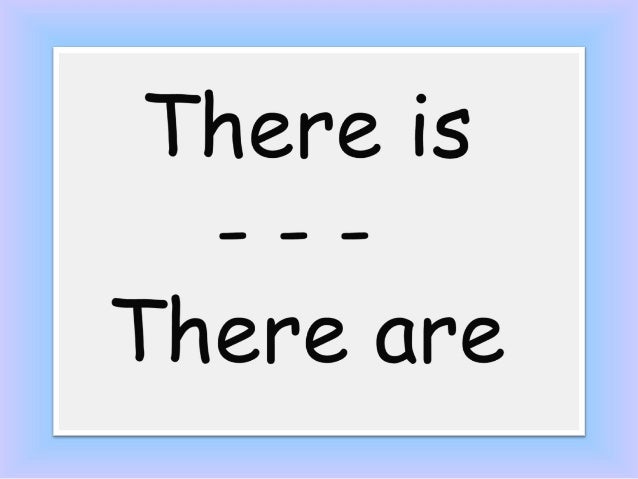Las expresiones there is y there are se utilizan en inglés para indicar que un objeto o una persona se encuentran en un sitio especificado. La particularidad de estas estructuras consiste en que there no es el sujeto real del verbo to be, aunque lo preceda. El sujeto real del verbo se encuentra en la posición inmediatamente posterior:
There is a book on the table.
There are two books on the table.
A diferencia de la palabra “hay” en castellano, que es invariable, la forma del verbo to be cambia en función de la naturaleza del sujeto real, como podéis ver a continuación:
1. Utilizamos there is cuando el sujeto es:
- Un sustantivo contable singular:
There is an apple in the basket.
Observad que el sustantivo lleva el artículo idenfinido (a/an). Normalmente no se utiliza el artículo definido the con there is:
*There is the apple in the basket.
- Un sustantivo incontable:
There is some tea in the pot.
There is ice on the street.
Los sustantivos incontables pueden llevar cuantificadores como some, any, much, a lot of etc.
2. Utilizamos there are cuando el sujeto es:
- Un sustantivo plural:
There are two apples in the basket.
Importante:
Recordar que en inglés los sustantivos irregulares, aunque no lleven la marca “s”, requieren el acuerdo en plural con el verbo to be:
There are a lot of people in the street.
There are twenty children in the class.
La forma negativa de las expresiones existenciales there is / there are se construye con la partícula negativa not:
There isn’t any apple in the basket.
There aren’t twenty children in the class.
Observad que para decir que no hay ningún o ninguna se utiliza el cuantificador any.
La forma interrogativa se construye mediante una inversión entre el verbo to be y el sujeto “postizo” there:
Is there an apple in the basket?
Are there twenty children in the class?


Comentarios
Publicar un comentario